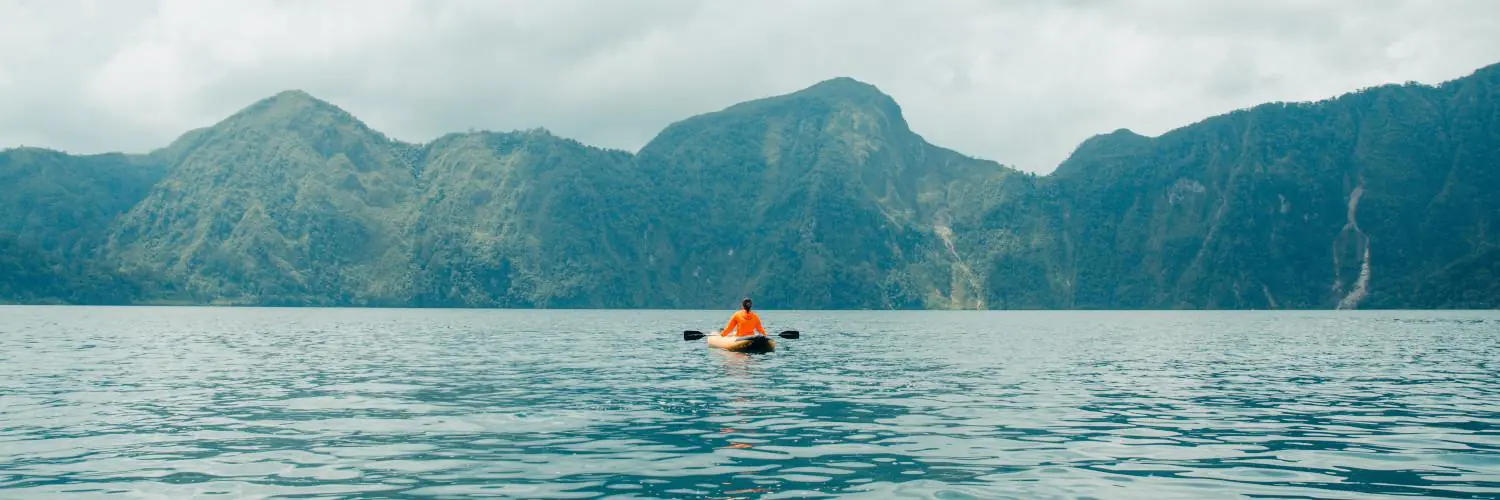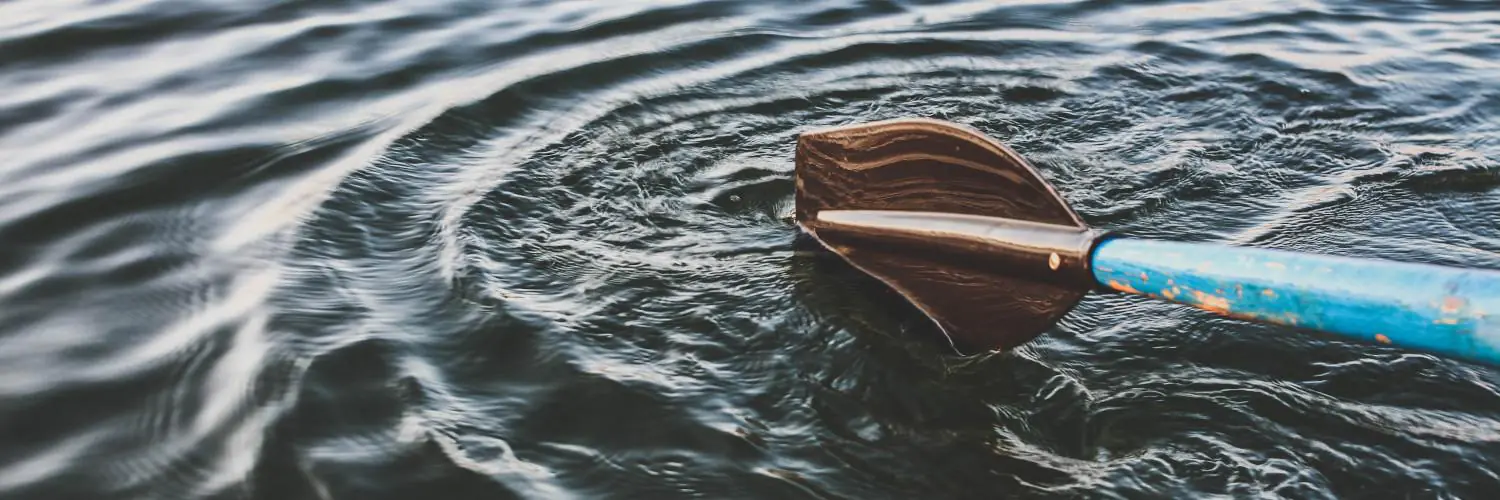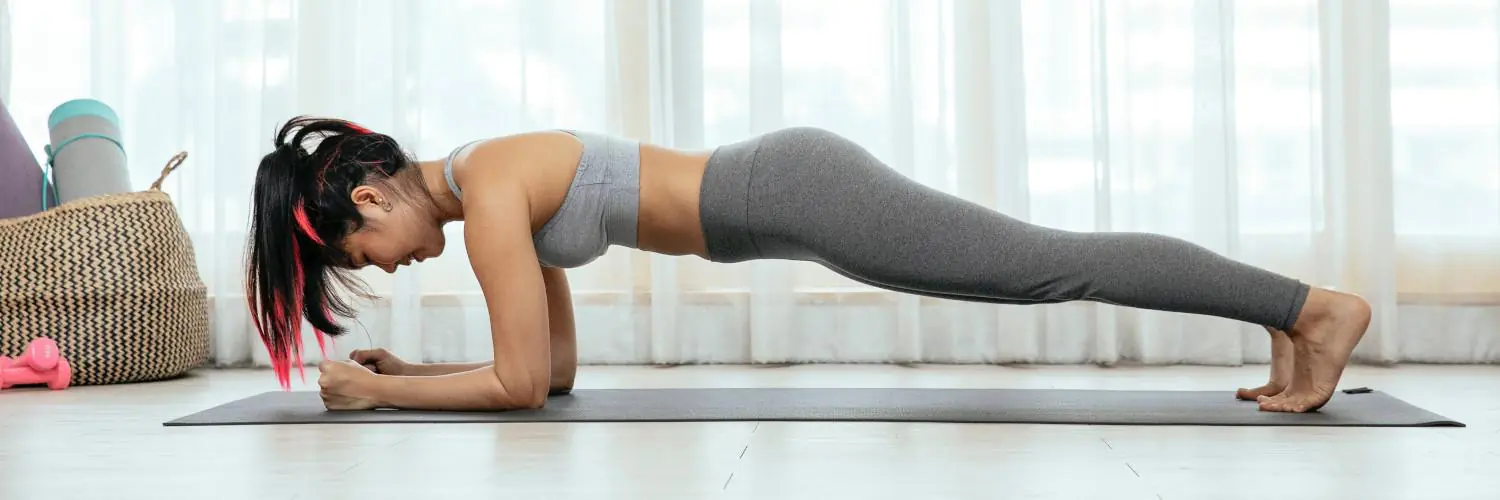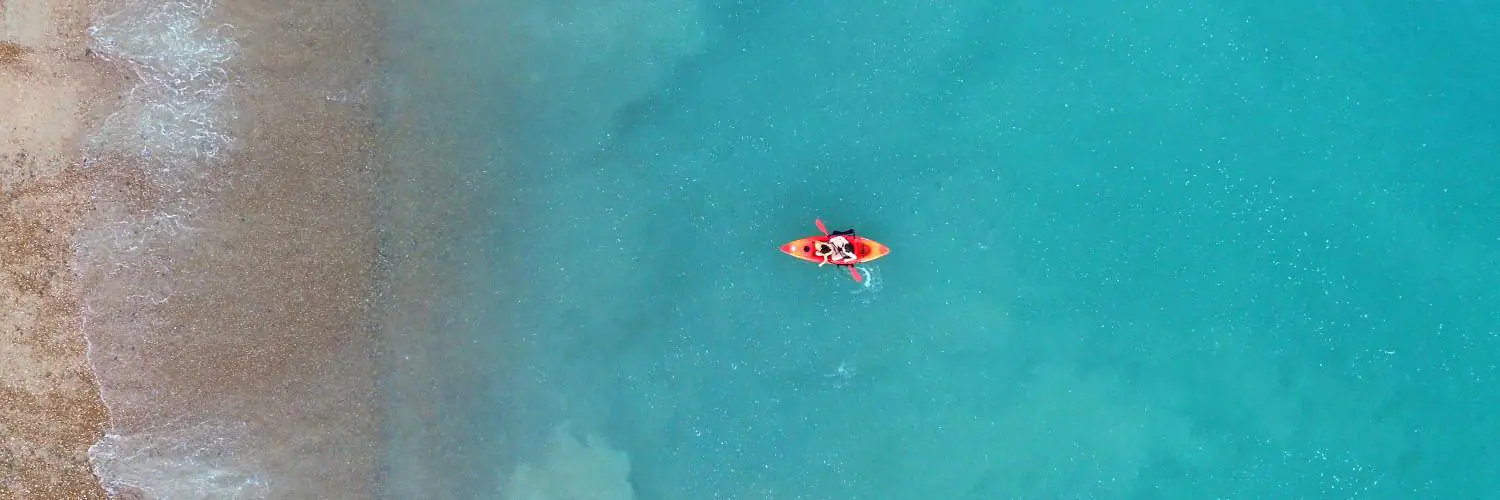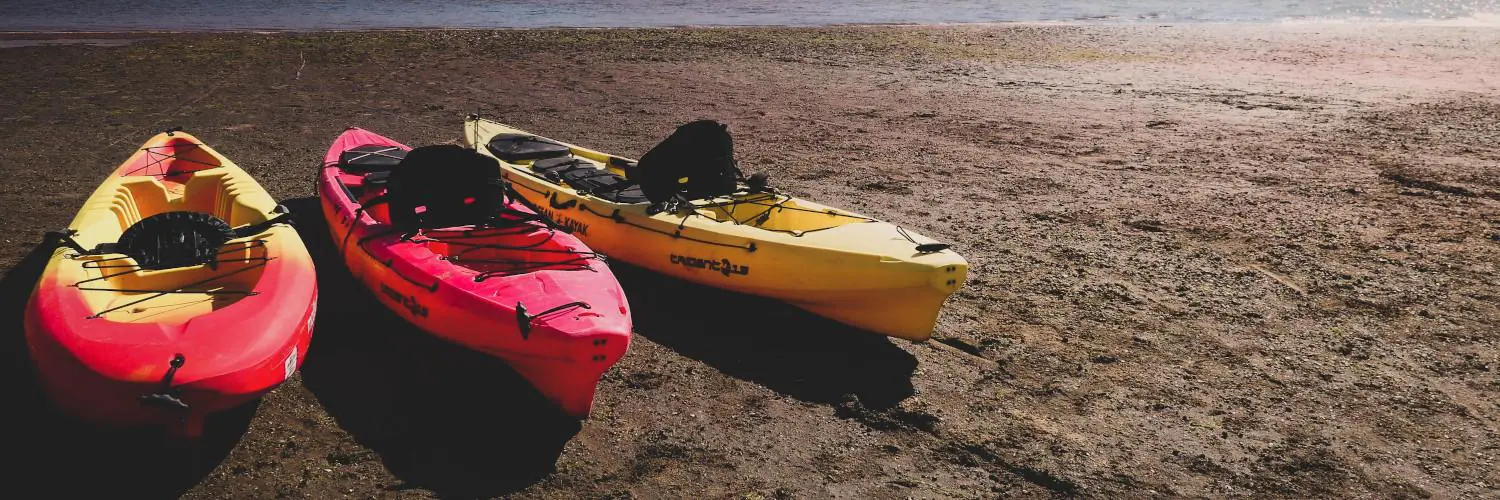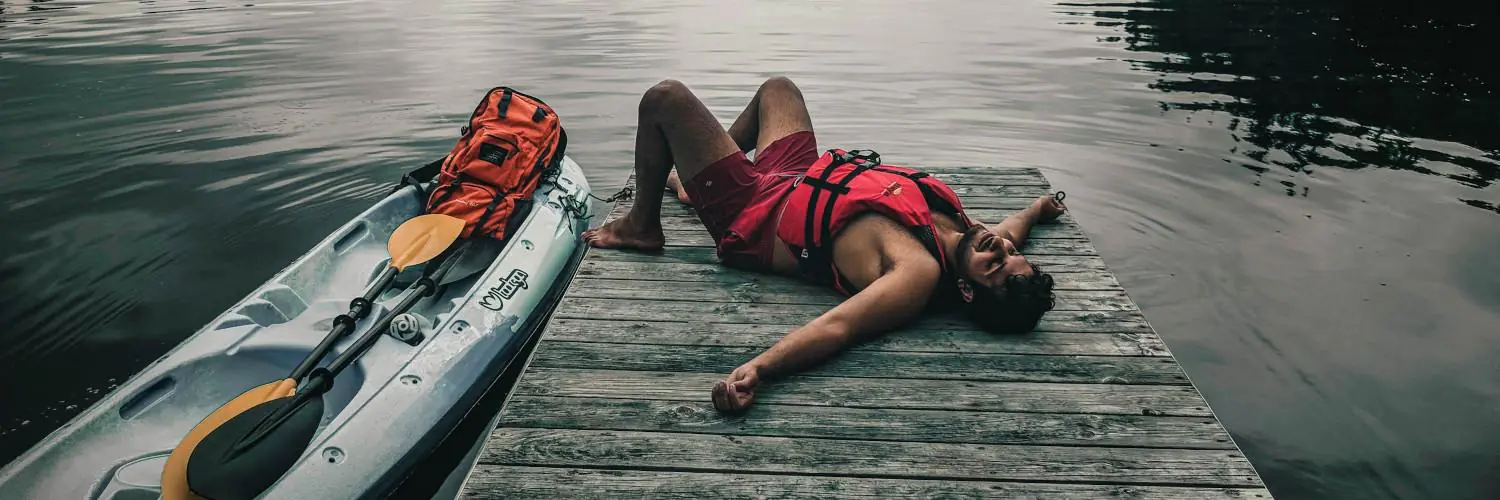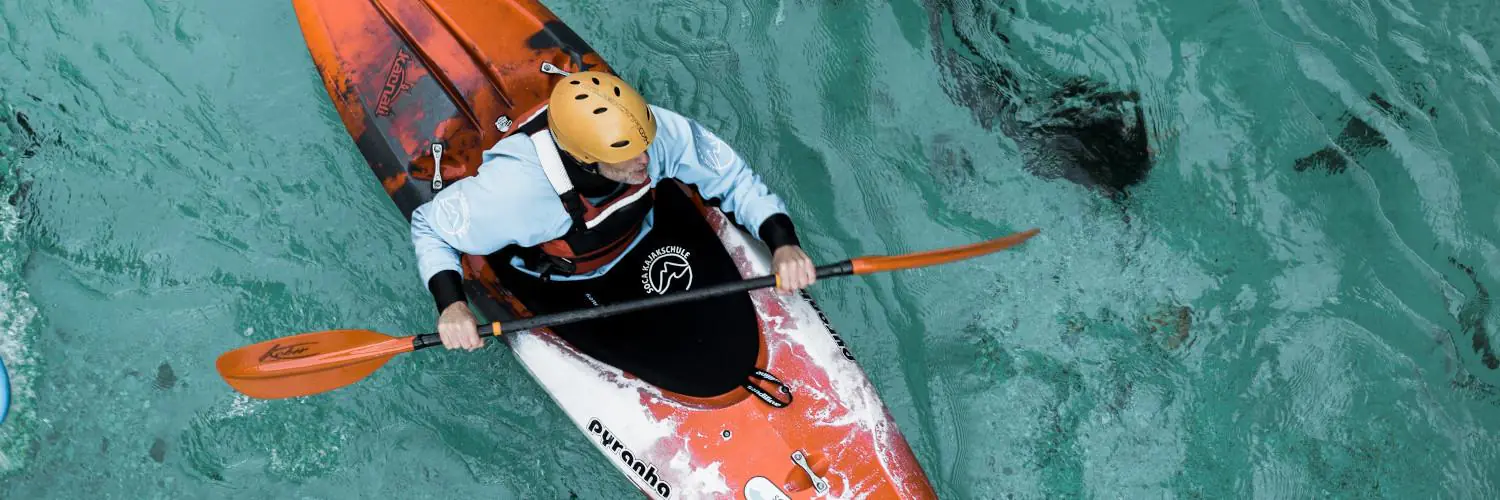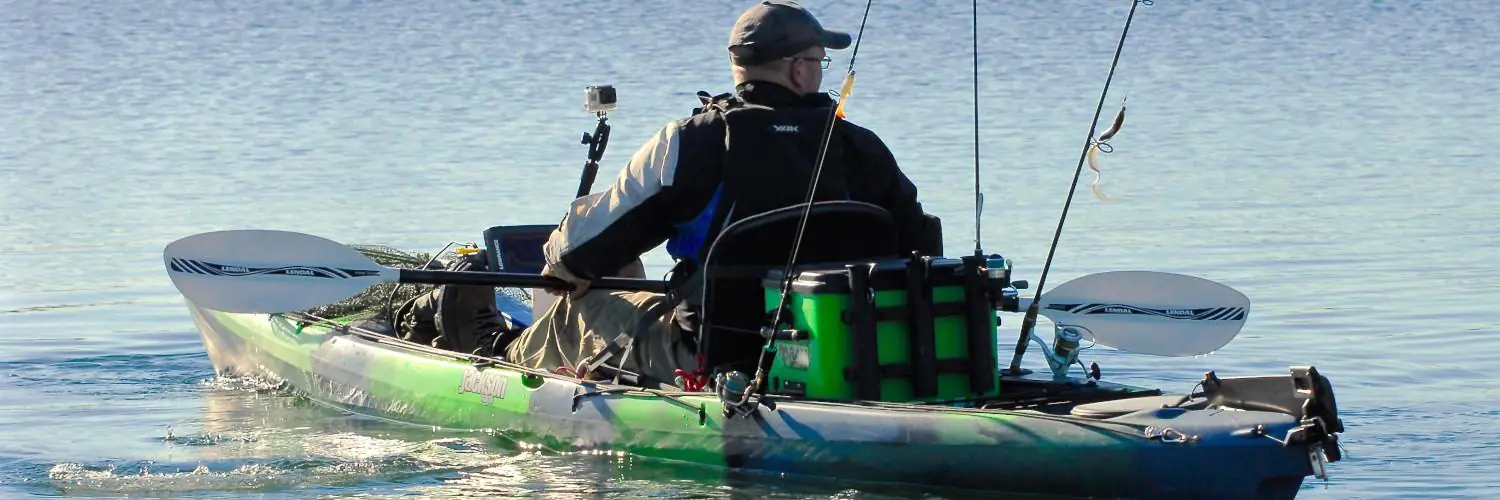Kayaks have stretchy cords attached to their decks for good reasons. These cords help paddlers keep their gear safe and easy to reach while on the water.
Bungee cords on kayaks are used to secure items like dry bags, water bottles, and safety gear. The elastic nature of the cords allows them to stretch and hold things snugly in place. This keeps important items from falling off or floating away if the kayak tips over.
The cords also make it simple to grab what you need without having to dig through sealed hatches. Paddlers can tuck maps, snacks, or extra layers under the bungees for quick access. This setup lets kayakers enjoy their time on the water without worrying about losing their stuff.
Table of Contents
Understanding Bungee Cords in Kayaking
Bungee cords play a key role in kayaking. They help secure gear and offer flexible storage options on kayaks.
Components and Characteristics
Bungee cords for kayaks have a latex rubber core. This gives them stretch and flexibility. A polyester cover protects the core. The cover adds UV resistance and durability.
Bungee cords come in different sizes. Common diameters are 3/16 inch and 1/4 inch. Thicker cords are stronger but bulkier. Thinner cords take up less space but may not be as strong.
The length of bungee cords matters too. They should be a bit shorter than the distance they span. This allows them to stretch and hold items securely.
Types of Bungee Cords for Kayaking
Deck bungees are common on kayaks. They form X or XX patterns on the front deck. These hold maps or small items within reach.
Perimeter bungees run along the kayak’s edges. They secure larger gear like dry bags or paddles.
Some kayaks have interior bungees. These keep items from shifting inside the boat.
Bungee cords with hooks are useful for DIY rigging. Paddlers can add custom storage to their kayaks.
Marine-grade bungees are best for kayaking. They resist saltwater and sun damage better than regular cords.
Functions of Bungee Cords on a Kayak
Bungee cords play key roles in kayaking. They help keep gear safe and make paddling easier.
Securing Gear and Equipment
Bungee cords on kayaks hold gear in place. Paddlers can strap items to the deck using the cords. This keeps things from sliding off or getting wet.
Common items secured with bungees include:
- Dry bags
- Water bottles
- Maps
- Spare paddles
The cords stretch to fit different sizes. This makes them great for odd-shaped gear. Kayakers can adjust the tightness as needed.
Some kayaks have bungee “X” patterns on the front deck. These are perfect for holding items within easy reach. The cords also work well for attaching safety gear like paddle floats.
Safety and Accessibility
Bungee cords boost safety on the water. They give paddlers quick access to needed items. This is key in rough conditions or emergencies.
The cords let kayakers grab gear without taking hands off the paddle. This helps maintain balance and control. It’s safer than reaching into hatches while paddling.
Bungees also aid in rescues. A paddler can clip a towline to them if needed. The cords give a secure point to hold onto during self-rescues too.
For group trips, the cords help with “T-rescues.” This is when one kayaker helps another get back in their boat. The helper can grab the bungees to steady the capsized kayak.
Application of Bungee Cords in Outdoor Activities
Bungee cords are essential tools for outdoor enthusiasts. They offer versatile solutions for securing gear, creating makeshift repairs, and enhancing safety during various activities.
Camping and Fishing
Bungee cords are invaluable for camping and fishing trips. Campers use them to secure tent rainflies and create clotheslines for drying wet gear.
These elastic cords help organize camping supplies by bundling sleeping bags or attaching items to backpacks. Fishermen find bungee cords useful for securing rod holders and keeping tackle boxes in place on boats.
For outdoor cooking, bungee cords can hang utensils or create a simple drying rack. They’re also handy for securing trash bags to trees, keeping wildlife away from camp food.
DIY Projects and Repairs
Bungee cords shine in outdoor DIY projects and quick fixes. Hikers use them to make emergency splints or create makeshift shelter supports.
These versatile cords can repair broken tent poles or backpack straps in a pinch. Outdoor enthusiasts use bungees to bundle firewood or create temporary fences.
For bike riders, bungee cords secure extra gear to racks. They’re also useful for lashing kayaks or canoes to roof racks during transport.
Bungee cords help create simple plant supports in outdoor gardens. They’re great for building basic survival traps or constructing temporary trail markers.
Boating Essentials
On boats, bungee cords serve many purposes. They secure loose items on deck, preventing gear from sliding around or falling overboard.
Boaters use bungees to create temporary handholds or safety lines. These cords help bundle life jackets for easy storage and quick access.
Bungee cords assist in mooring small watercraft to docks or other boats. They’re useful for securing coolers, fishing rods, and other equipment during rough water.
For kayakers and canoeists, bungee cords on deck provide convenient storage options for paddles, water bottles, and safety gear.
Installing and Replacing Bungee Cords on a Kayak
Kayak bungee cords play a key role in securing gear. Proper installation and care keep them working well over time.
Step-by-Step Installation
Start by gathering supplies: bungee cord, pliers, and scissors. Remove old cords if present. Measure and cut new cord to fit deck rigging. Thread cord through kayak deck fittings. Tie secure knots at attachment points. Pull to test tension.
For deck installations, use 3/16″ cord. This size works well for holding charts or small items. Use 1/4″ cord for other kayak areas. It provides more strength for larger gear.
Seal cord ends to prevent fraying. Slide back the outer layer, trim inner strands, then cover again. Heat-seal by twisting the end. This creates a tapered tip for easier threading.
Maintenance and Replacement Tips
Check kayak bungee cords regularly. Look for signs of wear like fraying or loss of elasticity. Sun and saltwater can degrade cords over time. Replace them when they become brittle or lose stretch.
To extend cord life, rinse with fresh water after paddling. Store kayak out of direct sunlight when not in use. This slows UV damage to deck rigging.
When replacing, match the cord size and type to the original. Ensure new cords are tight enough to secure gear but still allow easy access. Avoid over-tightening, which can stress deck fittings.
Evaluating Bungee Cord Quality and Customer Feedback
When choosing bungee cords for a kayak, quality is key. High-grade cords use natural rubber or rubber blends for the core. This provides excellent stretch and durability.
The outer covering should be woven polyester or nylon. These materials resist UV damage and abrasion. Look for cords labeled as marine-grade for the best performance in wet conditions.
Customer ratings can offer valuable insights. Many kayakers prefer thicker cords for their strength, though these can be harder to stretch. Thinner cords are easier to use but may not last as long.
Some features to check in reviews:
- Rust-resistant hooks
- UV resistance
- Stretch capacity
- Ease of use
Buyers often praise cords that maintain elasticity over time. Negative feedback usually mentions fraying or hooks breaking off.
For kayaking, cords 3-6 feet long are standard. Adjustable options let users customize the fit. Sets with various lengths offer versatility for different uses on the kayak.
Price can indicate quality, but it’s not the only factor. Well-made cords may cost more upfront but tend to last longer. This makes them a better value for frequent kayakers.

